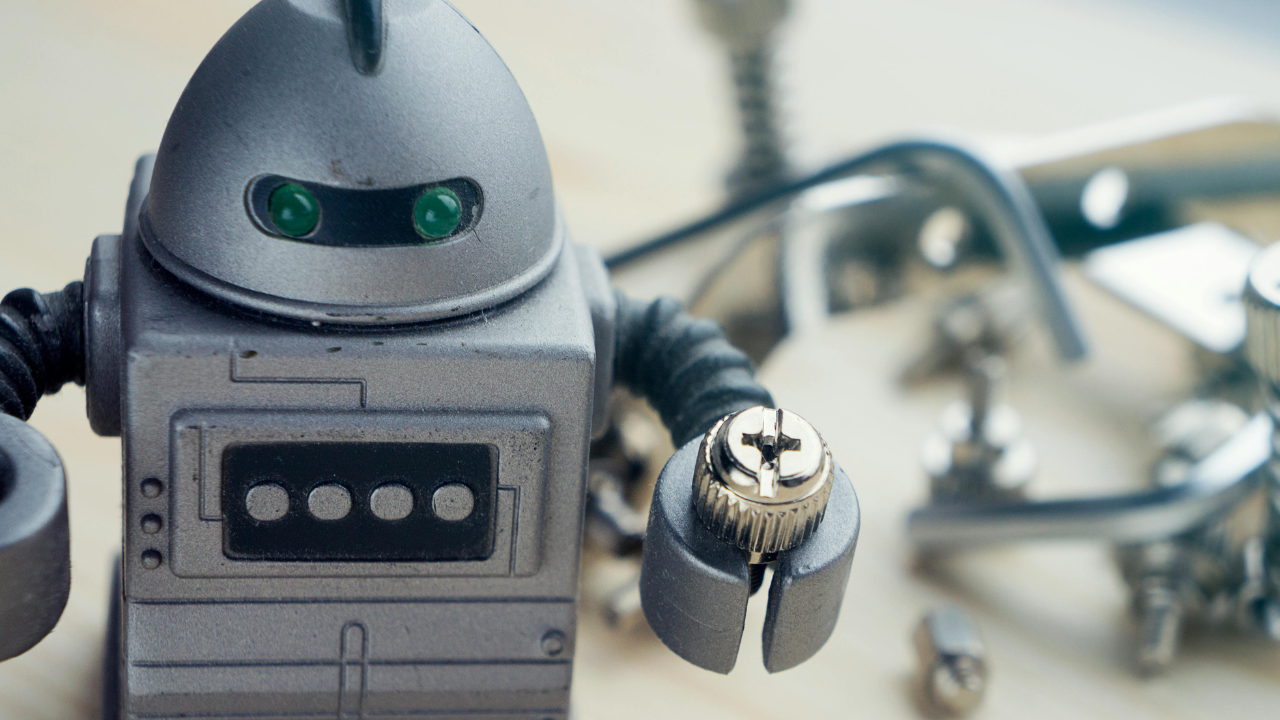
Elon Musk’s ventures are known for pushing the boundaries of technology, and his robots are no exception. Designed to tackle a wide array of everyday problems, these robots aim to revolutionize industries and simplify daily life. Here are 10 problems Elon Musk’s robots are solving right now.
Household Chores
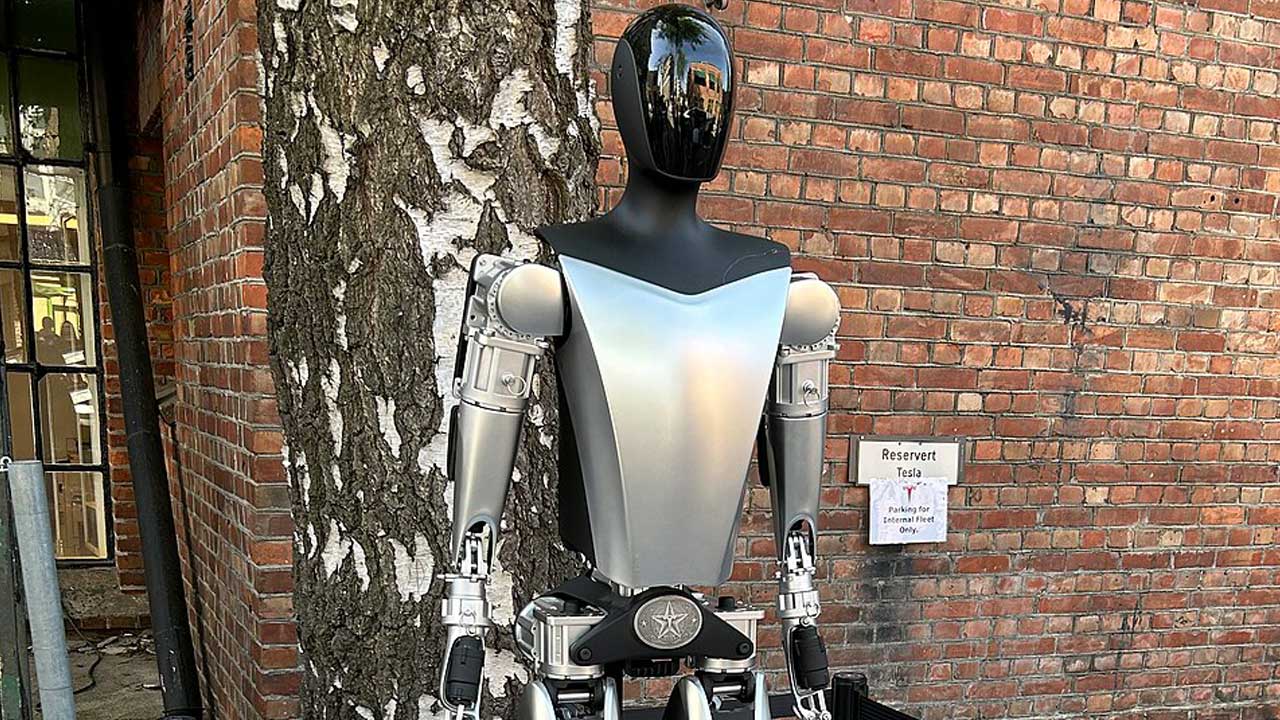
Musk’s robots, such as the Tesla Bot, are designed to take over mundane household tasks like cleaning, cooking, and organizing. These robots aim to free up time for people, reducing the need for human effort in daily chores and allowing individuals to focus on more meaningful activities. (Source: Home & Texture)
Labor Shortages

With robots like the Tesla Bot, Musk aims to address labor shortages across various industries. These robots can perform tasks that require human-like dexterity, such as lifting, moving, and assembling items, reducing reliance on human workers for labor-intensive jobs and solving the issue of workforce shortages. (Source: LinkedIn)
Dangerous Jobs
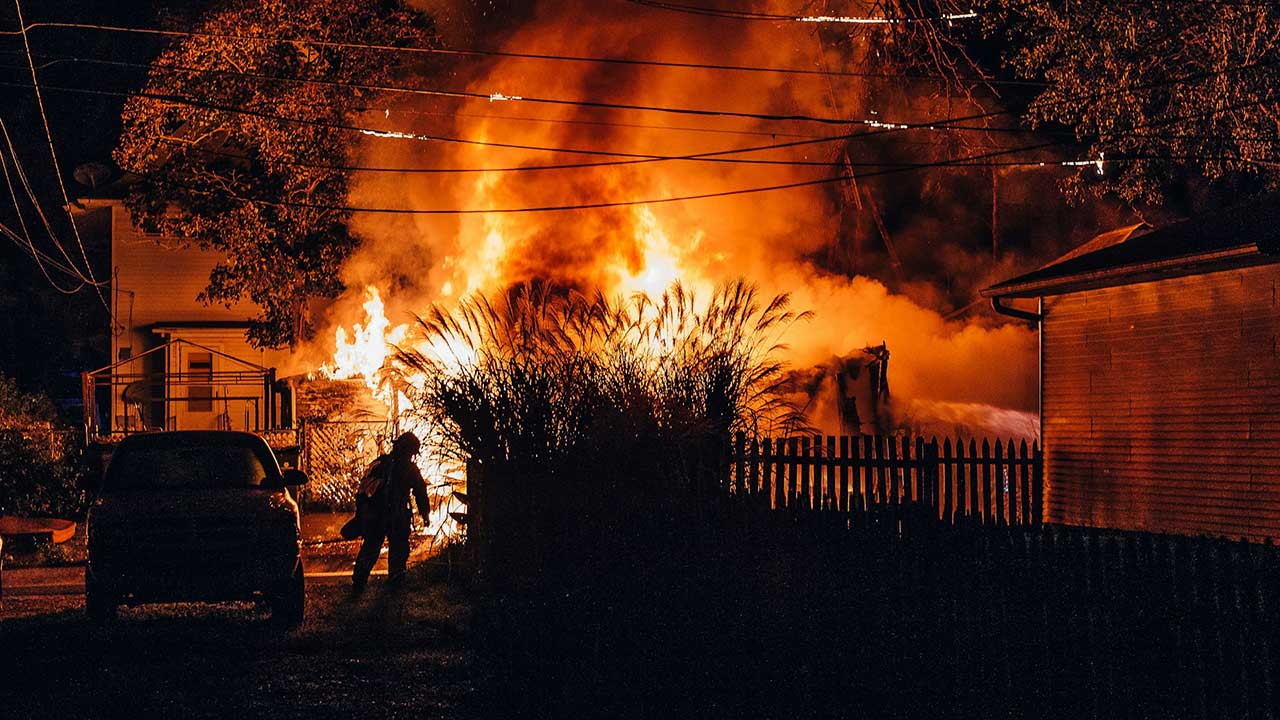
Musk’s robots are designed to take on hazardous work in environments that are unsafe for humans, such as mining, firefighting, or working in toxic environments. By automating these dangerous tasks, robots help prevent workplace injuries, ensuring a safer work environment for humans.
Elderly Care

The Tesla Bot is also envisioned as a companion for elderly individuals, helping with tasks like mobility assistance, medication reminders, and providing general support in daily living. These robots can improve the quality of life for older adults, offering both physical assistance and social interaction to combat loneliness. (Source: Car Design TV)
Factory Automation
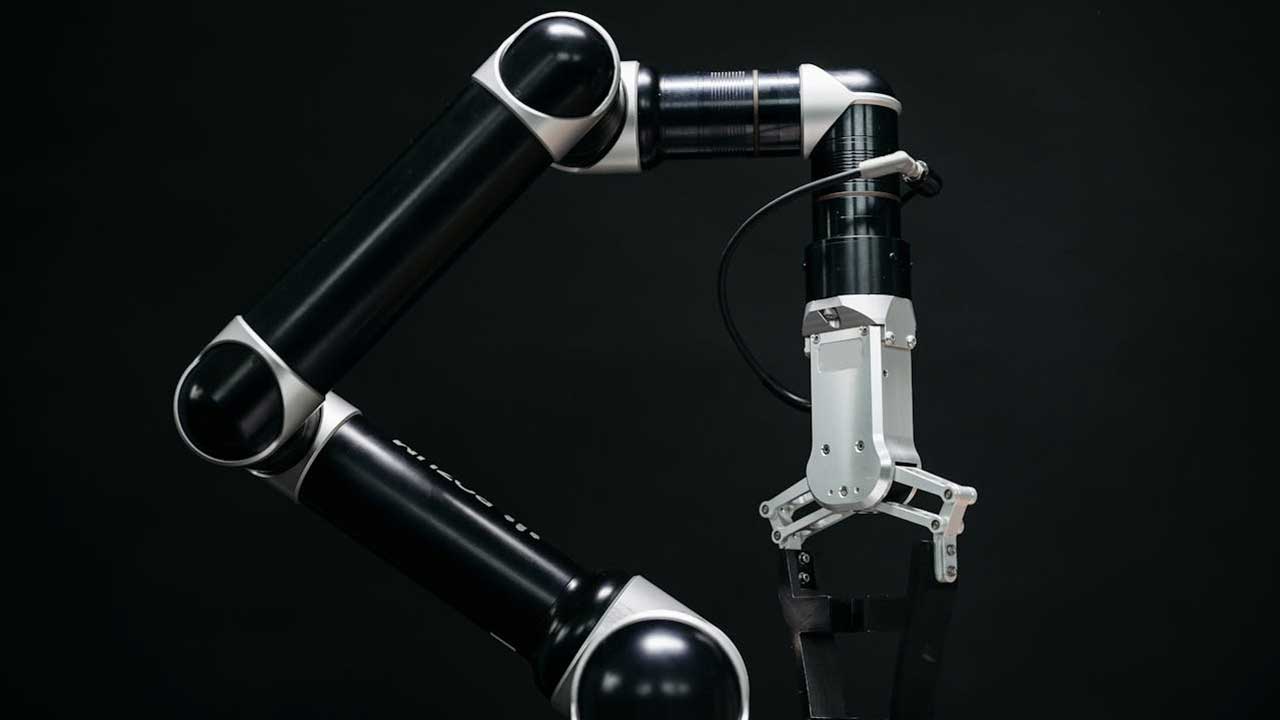
Musk’s robots are built to increase efficiency in factories by automating routine manufacturing processes. From assembling vehicles to packing goods, robots can handle repetitive, tedious tasks, speeding up production and allowing human workers to focus on more complex and creative aspects of manufacturing. (Source: Robotics Tomorrow)
Traffic and Transportation Efficiency
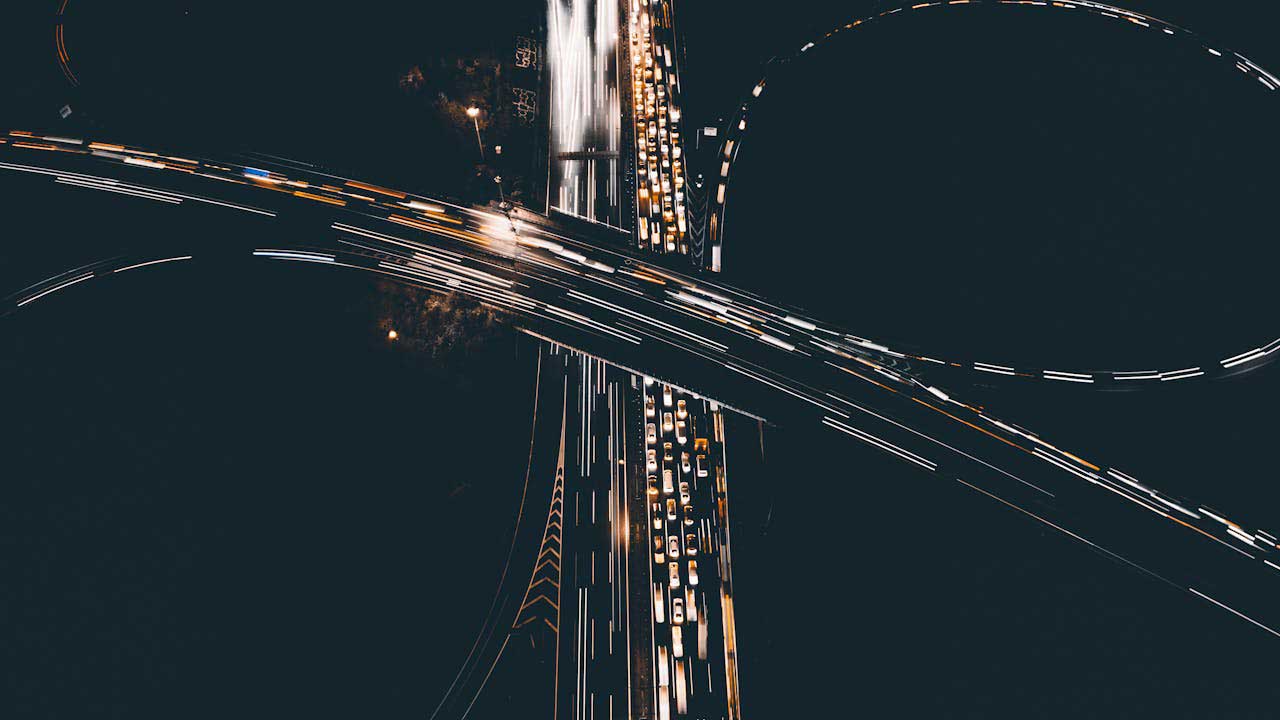
Musk’s work in autonomous vehicles, particularly with Tesla, is helping solve traffic and transportation inefficiencies. Self-driving cars and trucks aim to reduce traffic congestion, improve safety, and cut down on fuel consumption, all while offering faster and more efficient modes of transport. (Source: University of Michigan Center for Sustainable Systems)
Personal Assistance
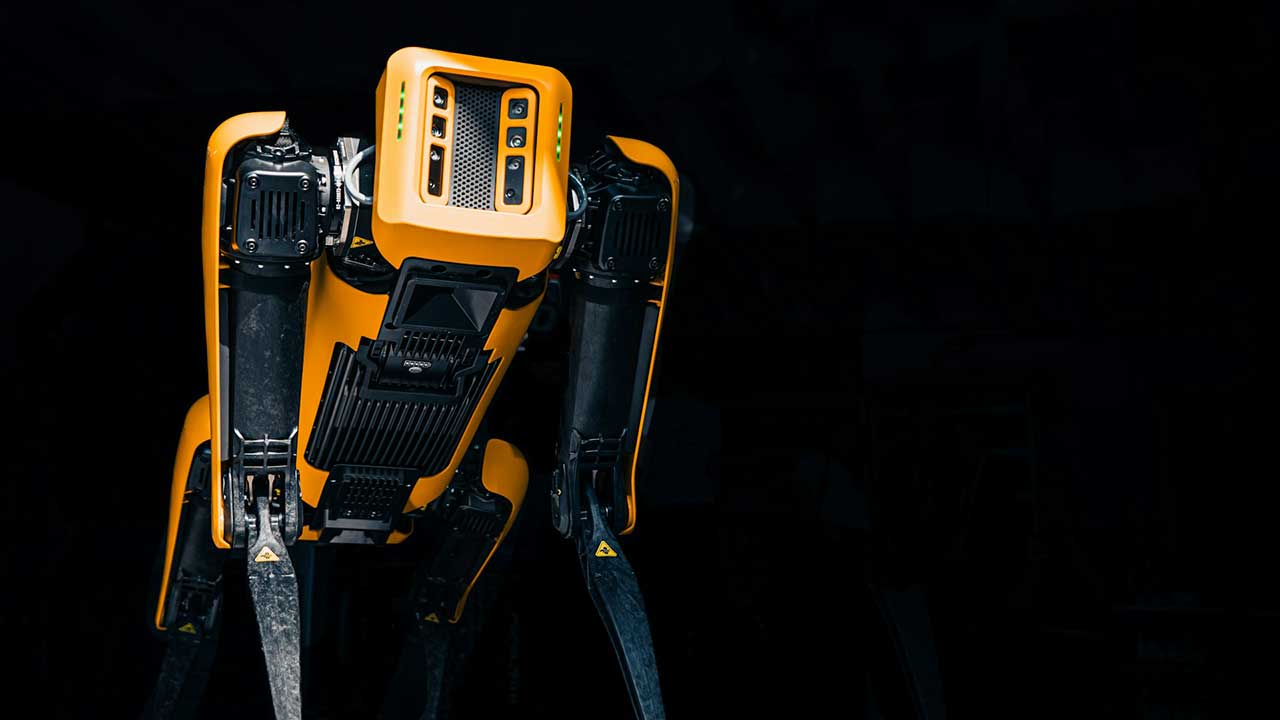
Elon Musk’s robots are designed to function as personal assistants, helping with scheduling, organizing tasks, and even providing reminders for meetings or appointments. With advanced AI, these robots can predict your needs, manage your calendar, and act as an all-in-one organizational tool to streamline your day.
Supply Chain Management
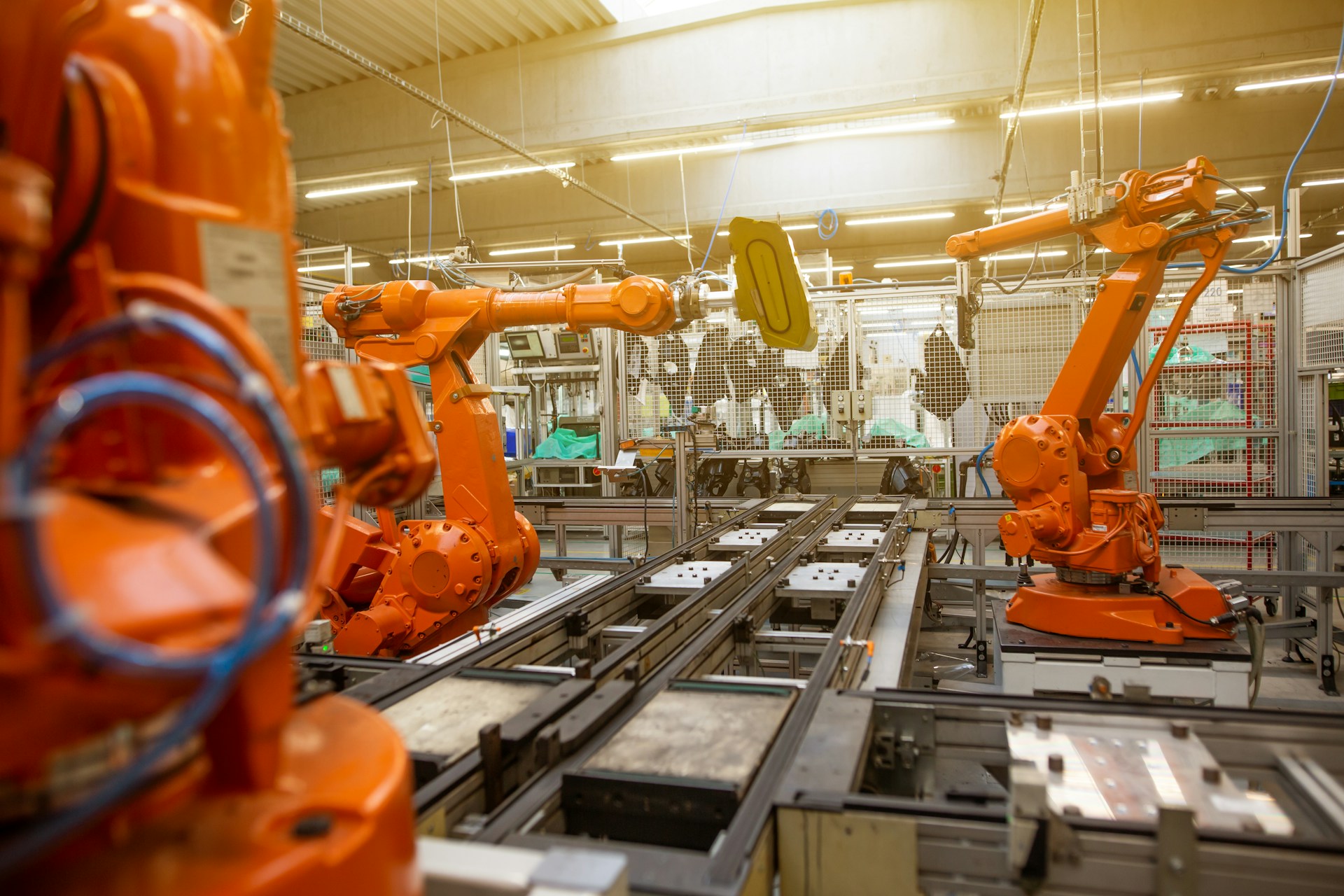
Robots developed by Musk’s companies are helping automate supply chain processes by transporting goods within warehouses, sorting products, and managing inventory. These robots reduce human labor costs and human error, improving the overall efficiency of supply chains and enabling faster shipping and distribution.
Agricultural Tasks
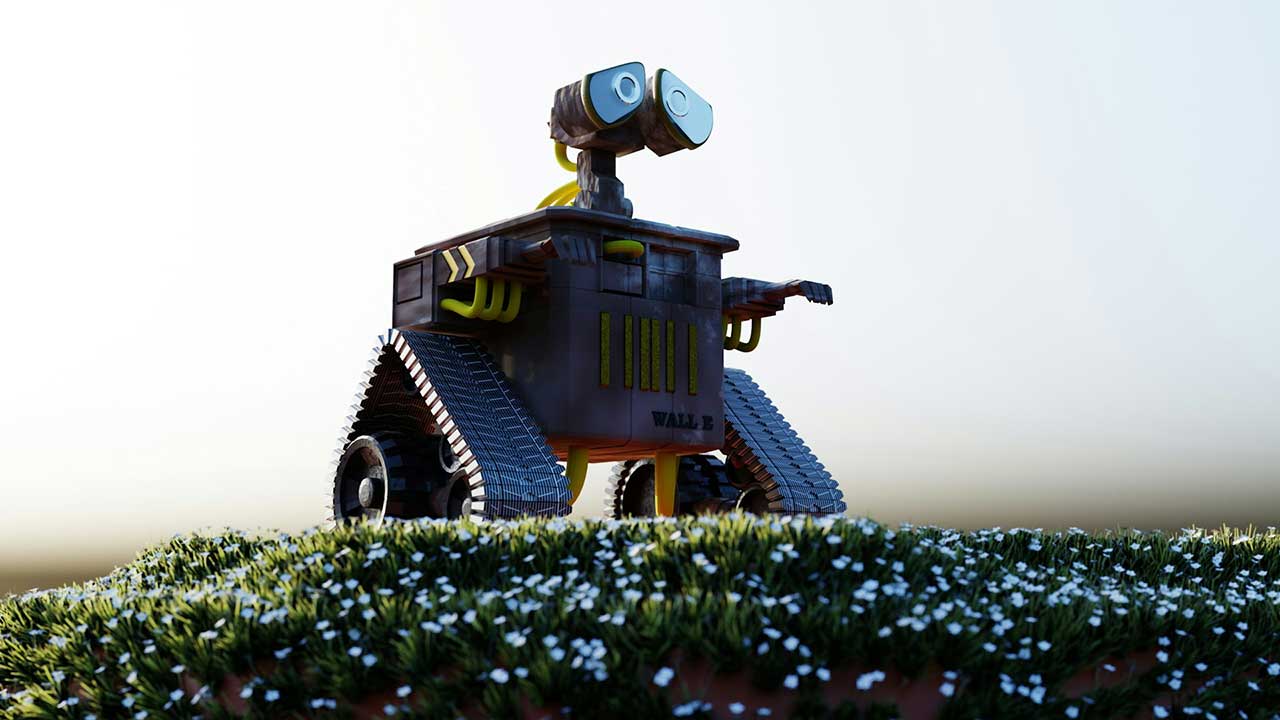
Musk’s robots are also focused on solving problems in agriculture. Robots can be used for tasks such as planting, watering, and harvesting crops. With their precision and ability to work in harsh conditions, these robots improve farming efficiency and reduce the dependency on manual labor in the agricultural sector.
Environmental Cleanup
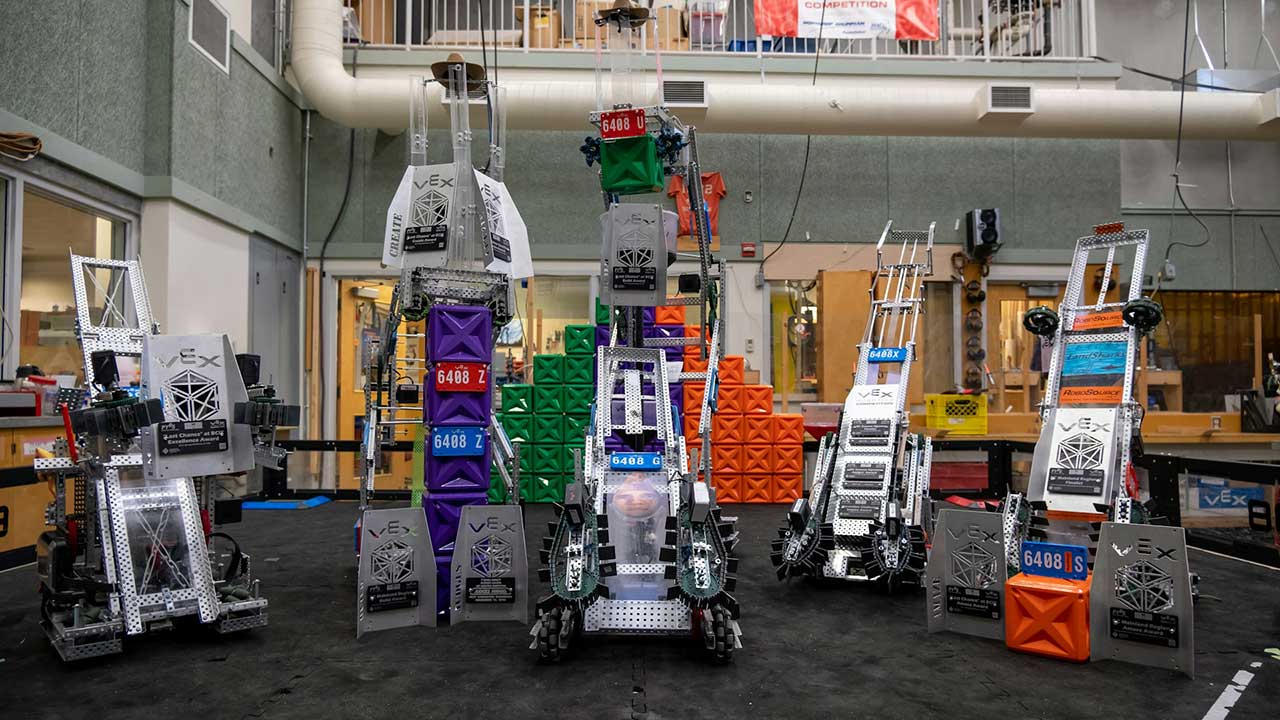
Musk’s robotic technologies are designed to address environmental concerns, including pollution cleanup. Robots can be deployed in hazardous areas like oil spills, plastic waste cleanup in oceans, and toxic waste sites. By automating environmental remediation efforts, these robots can help improve the health of ecosystems more efficiently.